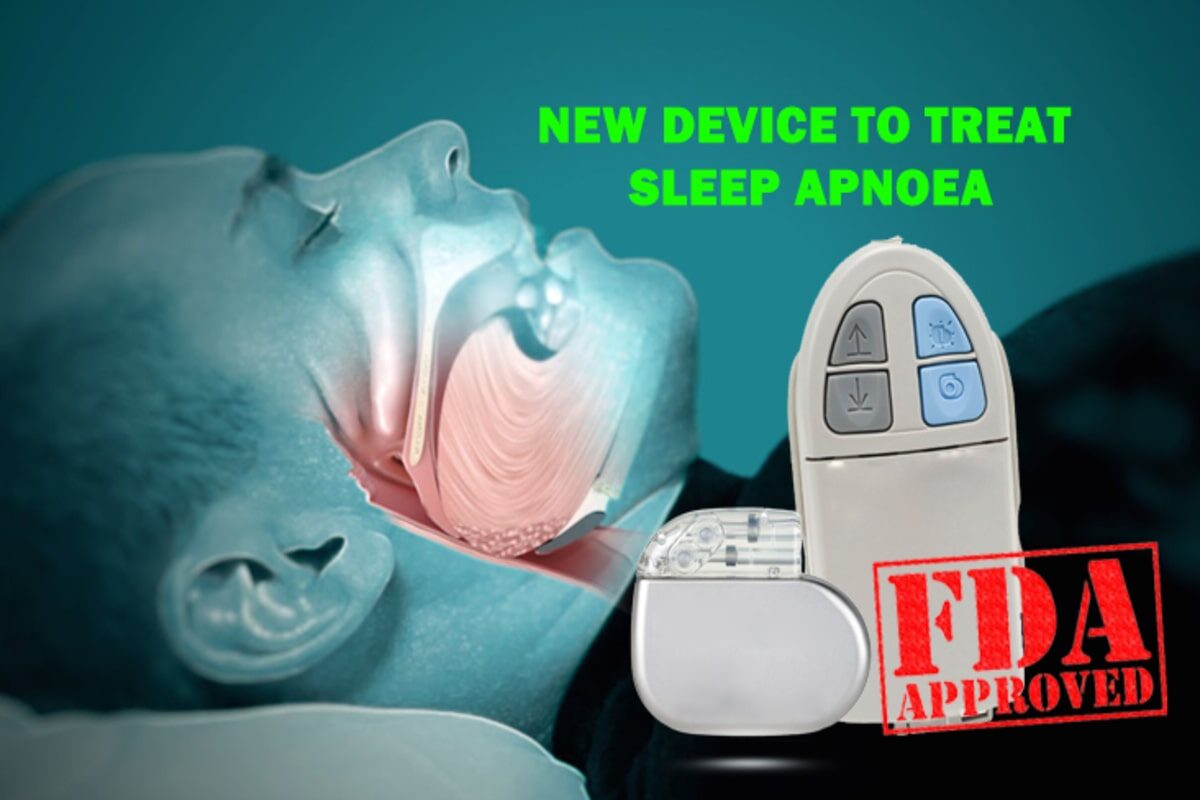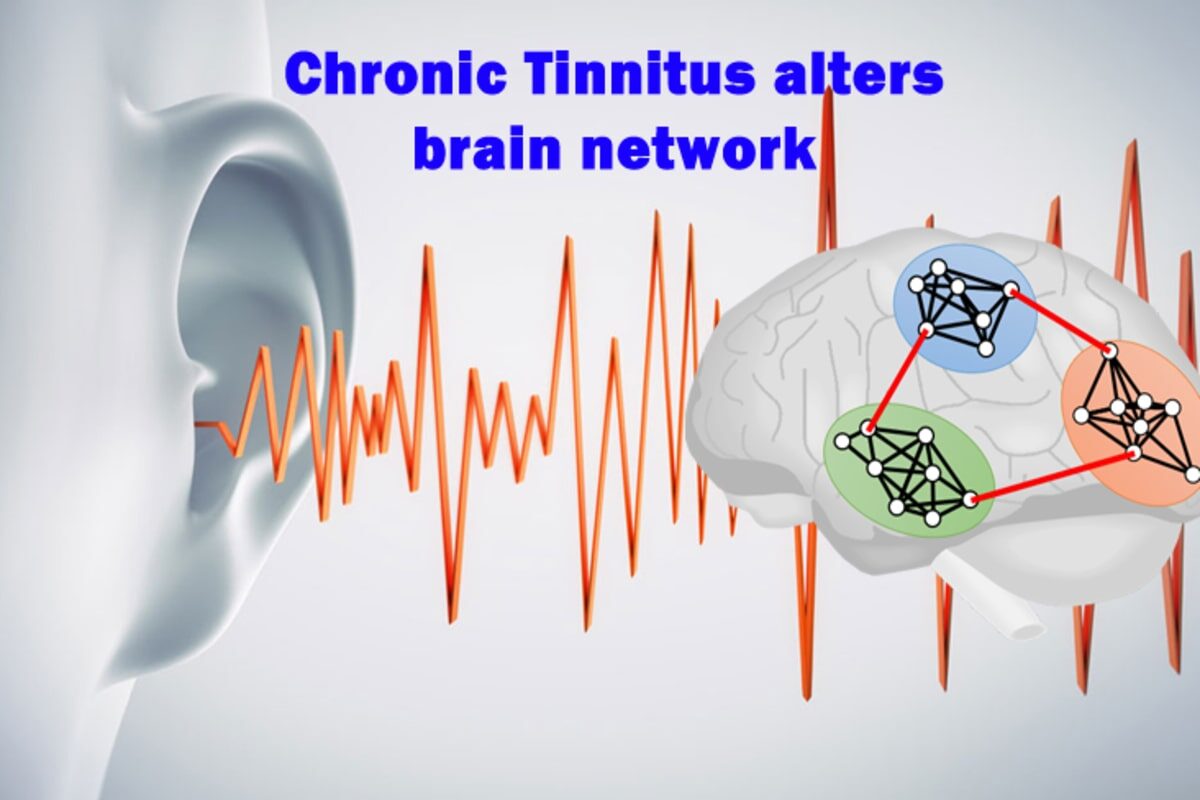A study at University of California San Diego School of Medicine claims that suppression of stomach (gastric) acid by drugs alters specific gut bacteria, promoting liver injury and progression of three types of chronic liver disease.
Nearly 10% people use proton pump inhibitor (PPI) drug to relieve the symptoms of heartburn and acid reflux; this percentage being seven times higher for those suffering from a chronic liver disease.
The number of people suffering from chronic liver disease is rapidly rising in the Western countries due to rising prevalence of obesity and alcohol abuse. Moreover, PPIs like Prilosec, Nexium and Prevacid are commonly prescribed for individuals suffering from a chronic liver disease.
“But medications that suppress gastric acid secretion can change the composition of the gut microbiome promoting the growth of Enterococcus bacteria in the intestines and translocation to the liver, exacerbating inflammation and worsening chronic liver disease,” said senior author Bernd Schnabl, MD, associate professor of gastroenterology at UC San Diego School of Medicine.
The team researched on mice models that mimic alcoholic liver, non-alcoholic fatty liver (NAFLD), and steatohepatitis (NASH) diseases in humans. Those with gastric acid suppression were found to exhibit alterations in their gut microbiome with the specific growth of Enterococcus bacteria. These changes promoted liver inflammation and injury, increasing the progression of 3 types of chronic liver disease.
A cohort of 4,830 patients with the chronic alcoholic liver disease was also analyzed. PPI intake in these individuals increased their stool concentrations of Enterococcus and the risk of liver disease by 8.3%.
Thus, the researchers concluded an association between PPI use among people who abuse alcohol and risk of liver disease. “Though more clinical trials are necessary to definitively show this causality, this data should at least make people and clinicians think about reducing the use of PPIs in cases where they aren’t necessary. Alternatively, other methods for managing heartburn like losing weight and reducing intake of alcohol, caffeine, and fatty and spicy foods must be looked into”, said Schnabl.





